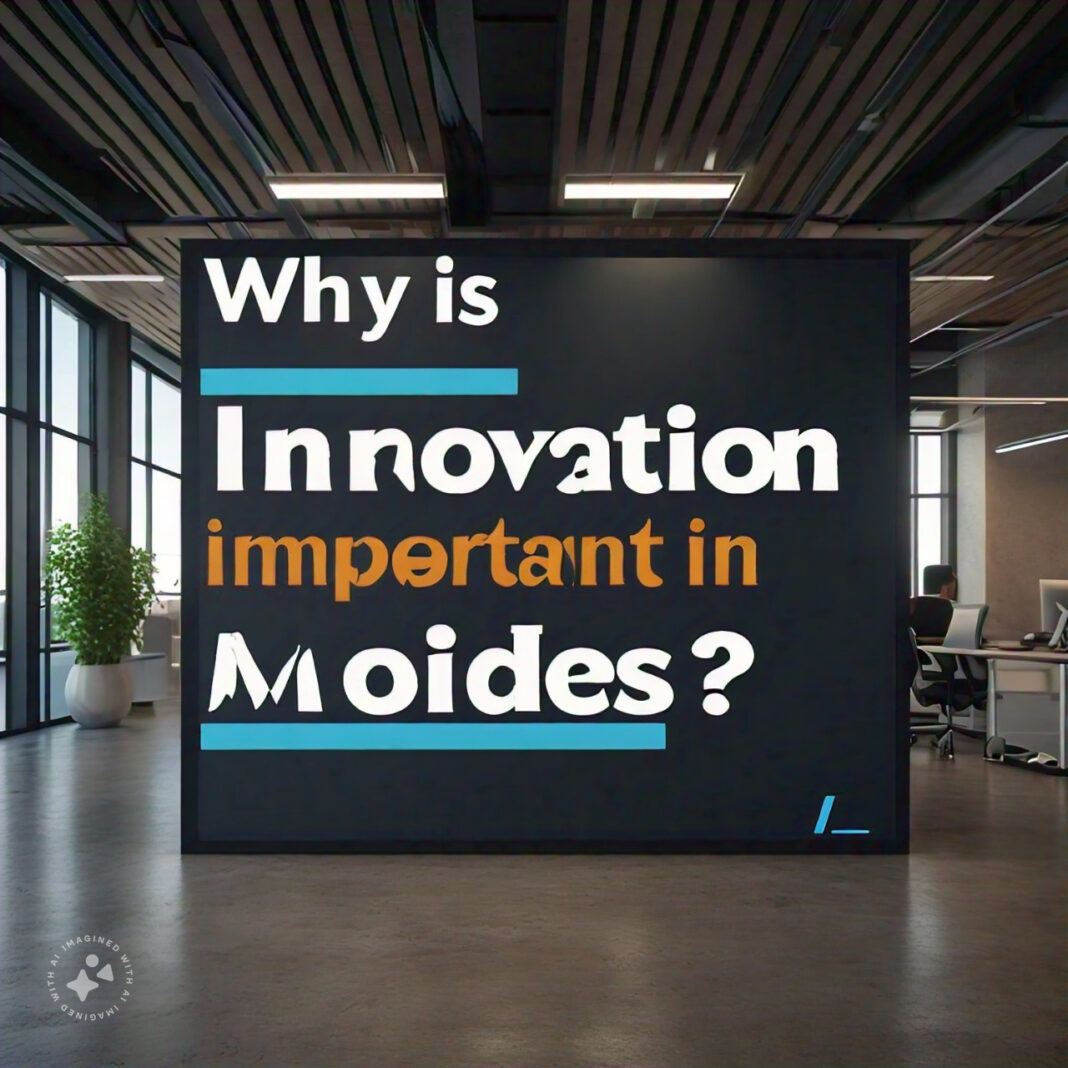As commonly referred to in fast-moving business circles, innovation is today a prerequisite for survival and growth. Indeed, leaders are very critical in the cultivation of a work environment that makes workers unleash their creativity and bring forth new ideas. The article considers how leaders can build and maintain an innovative culture within their firms through different strategies and approaches.
Innovation does not mean new products or services but creating an atmosphere where people at work feel authorized to think differently, act differently, challenge the practice established, and come up with ideas that might help in moving the company ahead. Real innovative culture creeps into every sphere within an organization—right from its daily routine to strategic planning.
Now, let us talk about the important steps leaders can take to nurture this valuable asset within their companies.
Lead by Example
Probably the first and foremost step a leader can take to build a culture of innovation is to be the change one wants to see. It all starts from the top. If leaders are really serious about creative thinking and taking risks, then they need to set examples.
Lead from the Front
The need for innovation should be regularly reminded to the organization by the leadership. This may be done through regular company addresses, team meetings, or even informal talks. To talk frequently about innovation and the role that it is playing towards the success of the company strengthens such a notion.

Be Open to New Ideas
Always be receptive to new ideas, no matter where they come from in the organizational hierarchy. When people in an organization realize that top management is open to new ideas, it becomes easier to express themselves and share their innovative ideas.
Take Calculated Risks
Innovation can take one to unknown territories. Leaders must be prepared to take risks and sponsor projects that can expand the limits of prior experience. This does not mean acting recklessly but showing that the company cares about exploring and is ready to invest in breakthroughs.
Create a Safe Environment for Idea Sharing
Innovation only happens if people feel safe to come out and express ideas without ridicule or punishment. Leaders are responsible for setting up this kind of psychological safety.
Encourage Open Communication
Adopt an open-door policy, and open up numerous channels through which employees may air their views. It might be regular brainstorming sessions, a suggestion box, or even digital platforms on which workers can pitch their concepts to the organization.
Celebrate Failures as Learning Opportunities
Not every cool innovative idea is going to work out. That’s all right. Good leaders explain failure as a learning experience. When employees witness the lack of punishment and more of a step toward eventual success for failure, they will risk more creatively.
Protecting Early Stages of Innovative Ideas
Ideas are often fragile and easily dismissed or criticized. That’s why, according to leaders, there needs to be a system wherein exciting ideas get the resources and time to develop before having to withstand strong scrutiny.
Provide Resources for Innovation
As much as innovation is encouraged, it needs actual support. Leaders should ensure that employees have access to the right resources in the pursuit of innovative projects.
Give them time to think creatively.
Adopt policies such as Google’s famous “20% time,” where employees can spend a portion of their work hours on projects of their choice. This gives staff the space to tinker with ideas that aren’t directly relevant to their everyday responsibilities.
Invest in Training and Development
Offer workshops, seminars, and courses to help employees boost their creative problem-solving skills. Apart from arming them with innovative tools, this will provide signals from the company about staff growth and development.
Establish Specific Innovation Spaces
The physical setting does contribute to the stimulation of creativity. Create within your office’s special areas for brainstorming and other collaborative work. These spaces can be fitted with tools for idea generation and prototype development.
Foster cross-functional collaboration
Innovation happens at the intersection of varied disciplines. Leaders need to break down silos and foster cross-functional collaboration.
Initiate Cross-Functional Projects
Develop projects that require contributions from multiple departments. This not only leads to more holistic solutions but also exposes workers to new ways of thinking and insights.
Create Networking Opportunities
Organize events or activities that facilitate the opportunity for employees from different departments to interact with one another and come up with ideas. This can be as basic as company-wide social functions or even as formal as innovation workshops including cross-functional teams.
Facilitate Job Rotation
Establish a job rotation system where employees can work for a certain period in various departments. In this way, they broaden their view of the business, which probably may lead them to new insights that result in innovative solutions.
Put into Place a Well-Defined Innovation Process
While spontaneity is essential when being creative, having a structured process in place for how to develop and implement ideas can help ensure that good concepts don’t fall through the cracks.
Create an Idea Management System
Establish a system through which ideas will be gathered, evaluated, and developed. This might be an online platform through which workers can send ideas, and others can comment on them and vote.
Set Clear Criteria for Evaluation
Establish clear criteria by which innovative ideas are to be judged. This would enable the employees to know what exactly the company wants and allow them to make a fair assessment of concepts.
Provide Feedback and Follow-Through
Make sure to give feedback on all ideas, even if they are not considered for implementation. Set out a straightforward route that will be taken to implement selected ideas, mentioning the progress expected and the resources involved.






